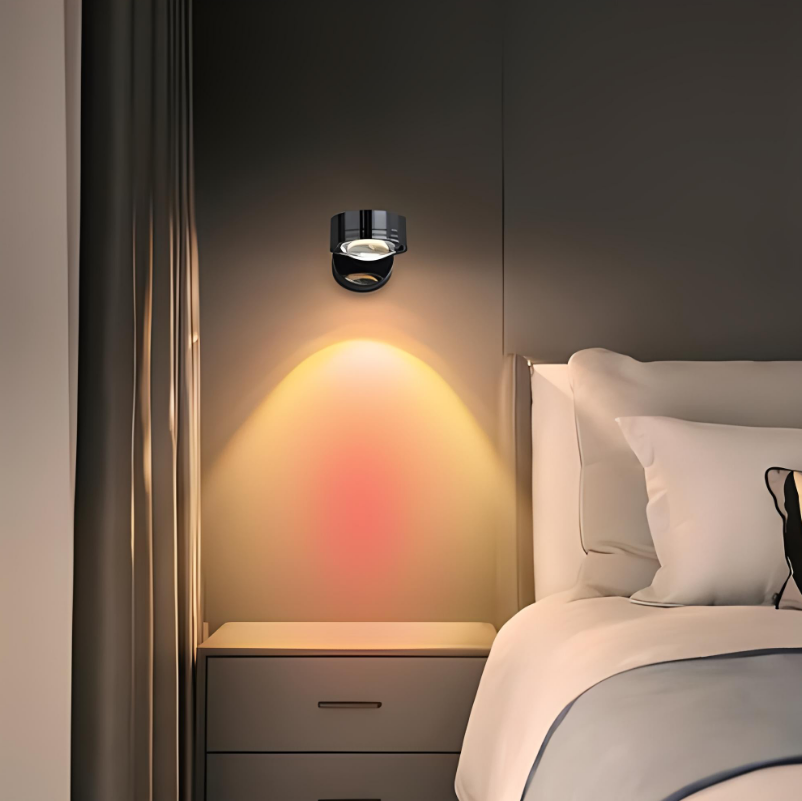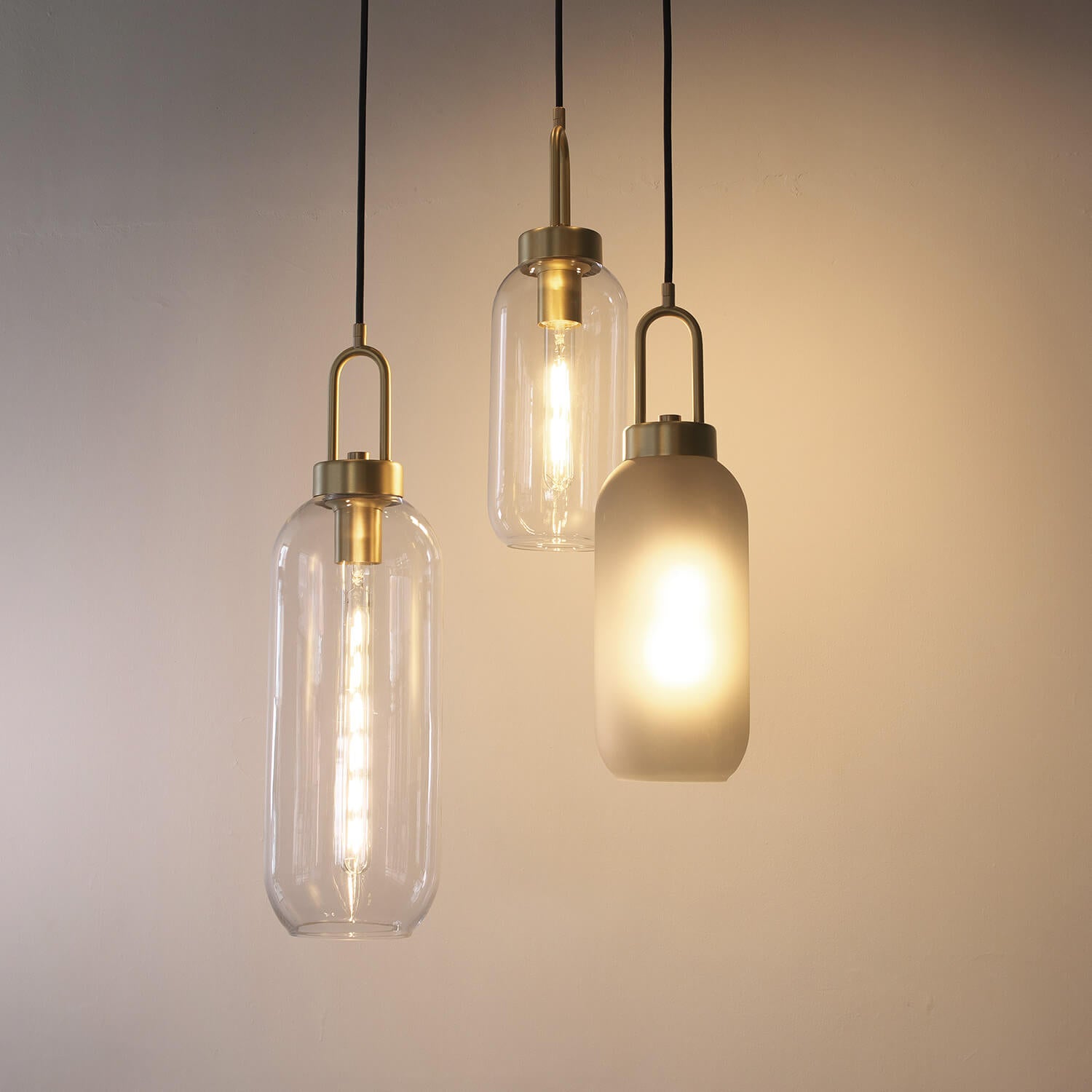Lighting plays a crucial role in creating the overall ambiance and functionality of a bedroom. It has the power to transform a space, making it feel cozy and inviting or bright and energizing. Choosing the right type of lighting for your bedroom is essential to ensure that it meets your needs and enhances the overall design of the room.
The right lighting can make a small bedroom feel more spacious, highlight architectural features, and create a relaxing atmosphere for sleep. On the other hand, poor lighting can make a room feel dull, cramped, or even uncomfortable. Therefore, it is important to carefully consider the lighting options available and choose those that best suit your space.
Types of Lamps: Choosing the Right Style for Your Space
When it comes to bedroom lighting darkedesigns, there are various types of lamps to choose from. Table lamps, floor lamps, wall sconces, and pendant lights are just a few examples. Each type has its own pros and cons, and it is important to consider these factors when selecting the right style for your bedroom.
Table lamps are versatile and can be placed on nightstands or dressers to provide task lighting for reading or working in bed. They come in various sizes, shapes, and designs, allowing you to find one that complements your bedroom decor. Floor lamps are another popular option as they provide ambient lighting and can be used to fill empty corners or create a cozy reading nook.
Wall sconces are a great choice if you have limited space on your nightstands or want to free up surface area. They can be mounted on the wall above your bed or on either side of a mirror to provide focused task lighting. Pendant lights are another stylish option that can be used as a statement piece in your bedroom. They hang from the ceiling and come in various designs, adding a touch of elegance to your space.
Size Matters: Finding the Perfect Lamp for Your Nightstand
Choosing the right size lamp for your nightstand is crucial to ensure that it fits proportionally and provides adequate lighting. A lamp that is too small may get lost on a large nightstand, while a lamp that is too big may overwhelm a small nightstand.
To find the perfect size lamp, start by measuring the height and width of your nightstand. As a general rule, the height of the lamp should be around 20-24 inches, including the lampshade. This allows for easy access to the switch and prevents the light from shining directly into your eyes when you are lying in bed.
The width of the lamp should be proportional to the width of your nightstand. A good guideline is to choose a lamp that is about one-third the width of your nightstand. This ensures that the lamp does not overpower the nightstand and leaves enough space for other items such as books or a glass of water.
Brightness and Color Temperature: Creating the Right Ambiance
Brightness and color temperature are important factors to consider when choosing bulbs for your lamps. The right combination can create the perfect ambiance in your bedroom, while the wrong choice can make it feel too bright or too dim.
Brightness is measured in lumens, and different activities require different levels of brightness. For example, reading or working in bed requires brighter task lighting, while relaxing or winding down before sleep calls for softer ambient lighting. Consider using dimmable bulbs or lamps with adjustable brightness settings to easily transition between different activities.
Color temperature refers to the warmth or coolness of light and is measured in Kelvin (K). Warm white light (2700-3000K) creates a cozy and relaxing atmosphere, while cool white light (4000-5000K) is more energizing and suitable for tasks such as reading or working. Consider using bulbs with a color temperature that suits your needs and preferences.
Energy Efficiency: Choosing Eco-Friendly Lighting Options
In today’s environmentally conscious world, choosing eco-friendly lighting options is not only beneficial for the planet but also for your wallet. Energy-efficient bulbs consume less electricity, last longer, and produce less heat, making them a cost-effective and sustainable choice for your bedroom.
LED (light-emitting diode) bulbs are one of the most energy-efficient options available. They use up to 80% less energy than traditional incandescent bulbs and can last up to 25 times longer. LED bulbs are available in various shapes, sizes, and color temperatures, allowing you to find the perfect fit for your lamps.
Compact fluorescent lamps (CFLs) are another energy-efficient option. They use about 75% less energy than incandescent bulbs and can last up to 10 times longer. CFLs are available in different color temperatures and can be used in a variety of fixtures, including table lamps and ceiling lights.
Smart Lighting: Incorporating Technology into Your Bedroom

Smart lighting allows you to control your bedroom lights using your smartphone, voice commands, or a remote control. It offers convenience, flexibility, and the ability to create customized lighting scenes to suit your mood or activities.
One of the main benefits of smart lighting is the ability to control your lights from anywhere in the room or even when you are away from home. You can turn on or off the lights, adjust brightness levels, or change color temperatures with just a few taps on your smartphone.
Smart lighting also offers the option to integrate with other smart devices in your bedroom, such as smart speakers or smart thermostats. This allows you to create a seamless and personalized experience by controlling multiple devices with a single command or through automation.
Statement Pieces: Using Lamps as Decorative Elements
Lamps not only provide functional lighting but also serve as decorative elements in your bedroom. They can add a touch of style, personality, and visual interest to your space. When choosing statement pieces, it is important to consider the overall design and color scheme of your bedroom.
If you have a minimalist or modern bedroom, consider choosing lamps with clean lines, sleek finishes, and simple shapes. This will create a cohesive and streamlined look. On the other hand, if you have a traditional or eclectic bedroom, you can opt for lamps with intricate details, bold colors, or unique shapes to add visual interest and create a focal point.
Consider the lampshade as well when choosing statement pieces. A colorful or patterned lampshade can add a pop of color or texture to your bedroom, while a neutral or translucent lampshade can create a soft and diffused light.
Layered Lighting: Creating a Multidimensional Space
Layered lighting involves using different types of lighting to create a multidimensional and balanced space. It combines ambient lighting, task lighting, and accent lighting to provide functionality, depth, and visual interest in your bedroom.
Ambient lighting is the general lighting that illuminates the entire room. It can be achieved through ceiling lights, pendant lights, or recessed lighting. Ambient lighting should be soft and diffused to create a warm and inviting atmosphere.
Task lighting is focused lighting that helps you perform specific activities such as reading, working, or getting dressed. It can be provided by table lamps, floor lamps, or wall sconces placed strategically near areas where tasks are performed.
Accent lighting is used to highlight specific features or objects in your bedroom such as artwork, architectural details, or plants. It can be achieved through spotlights, track lighting, or picture lights. Accent lighting adds depth and visual interest to your space.
By combining these three types of lighting, you can create a well-lit and visually appealing bedroom that meets all your needs.
DIY Lamps: Getting Creative with Personalized Lighting Solutions
Creating your own DIY lamps allows you to get creative and personalize your lighting solutions. It can be a fun and rewarding project that adds a unique touch to your bedroom. There are various materials and techniques you can use to make your own lamps.
One option is to repurpose existing objects such as vases, bottles, or jars into lamps. You can simply add a lamp kit, a bulb, and a lampshade to transform these objects into functional and decorative lighting pieces. This allows you to showcase your personal style and create one-of-a-kind lamps.
Another option is to make your own lampshades using fabric, paper, or other materials. You can choose patterns, colors, and textures that complement your bedroom decor and create a cohesive look. Making your own lampshades also gives you the freedom to customize the size, shape, and design of the shade.
If you are feeling more adventurous, you can experiment with different lighting techniques such as string lights, LED strips, or even neon lights. These can be used to create unique and eye-catching lighting effects in your bedroom.
Elevating Your Bedroom with the Perfect Lamp
In conclusion, choosing the right lighting for your bedroom is essential to create the perfect ambiance and functionality. Consider the different types of lamps available and choose those that best suit your space and needs. Pay attention to the size of the lamp in relation to your nightstand, as well as the brightness and color temperature of the bulbs.
Opt for energy-efficient lighting options to reduce your environmental impact and save on energy costs. Consider incorporating smart lighting into your bedroom for added convenience and customization. Use lamps as decorative elements to enhance the overall design of your space.
Experiment with layered lighting to create a multidimensional and balanced bedroom. Get creative with DIY lamps to add a personalized touch to your lighting solutions. By carefully considering these factors and experimenting with different types of lighting, you can elevate your bedroom and create a space that is both functional and visually appealing.




